
Dark Crossroads
A podcast about all things true crime & paranormal
Welcome to Dark Crossroads Podcast! We bring you gripping stories and intriguing discussions in the fascinating world of the paranormal, true crime and the unknown. We offer a captivating range of episodes that will leave you questioning the boundaries of reality.
At Dark Crossroads Podcast, we pride ourselves on delivering thought-provoking content that keeps our listeners on the edge of their seats. Our episodes explore supernatural phenomena, unsolved mysteries, and unexplained events, providing a unique platform for those interested in the uncharted and enigmatic.
Whether you're a devoted follower of the paranormal or just searching for something off the beaten path, Dark Crossroads Podcast invites you to join our growing community of curious minds. Immerse yourself in our immersive storytelling and engaging discussions, and let your imagination run wild. Check us out at the link below and embark on a journey that will challenge your perception of the world around you. Don't forget to subscribe to the podcast for all bonus content!
Don’t. Trust. Anyone.
Dark Crossroads
The Bennington Triangle: Unraveling Vermont's Unsolved Mysteries
What if a seemingly peaceful corner of Vermont is actually a portal to the unknown? This episode we pull back the curtains on the Bennington Triangle, where unsettling mysteries meet spine-chilling legends. From Native American tales of cursed landscapes and man-eating rocks to European settlers' accounts of bizarre occurrences, this episode is a journey through a land where compasses dance to their own tune and ghost towns whisper forgotten stories. We speculate on everything from serial killers to alien abductions, and even interdimensional portals. The episode invites you to ponder over these unresolved mysteries and share your theories, making you part of the gripping narrative.
Paris Rhône
Paris Rhône main products include household items, polishers, and coffee grinders.
Babbily
10% Off Month 1 with promo code dark10
Please send cases you want covered or stories you want read on the podcast to darkcrossroadspodcast@gmail.com. Don't forget to like, share, rate, review, and subscribe wherever you're listening to us. You can subscribe through the link in the episode notes to receive bonus content, discounts on future merchandise, and other extras.
Be Weird. Stay Different. Don't Trust Anyone!
Hey, besties, and welcome back to another episode of Dark Crossroads, where you get to hang out with me, roxanne, and on today's episode we are going to be diving very deep into a perplexing series of disappearances that have baffled investigators for decades. This is one of the most unsolved mysteries in New England, and we are talking about the Bennington Triangle. Nestled in the southwestern corner of Vermont, this roughly 100 square mile area has been the site of numerous unexplained vanishings, strange occurrences and local legends. From hikers who seem to just vanish into thin air to vehicles that disappear without a trace. The Bennington Triangle has earned its reputation as one of America's most mysterious locations. The Bennington Triangle has earned its reputation as one of America's most mysterious locations. The Bennington Triangle is not just a place, it's a phenomenon. It's where logic seems to break down and the impossible becomes possible. People have been disappearing here long before it had its name, and the mysteries continue to happen to this day. Today, we'll explore the history, the disappearances and the theories surrounding this day. Today, we'll explore the history, the disappearances and the theories surrounding this region. We will try to cover the whole phenomenon and maybe, just maybe, get a little closer to unraveling the truth behind these baffling incidents. Welcome to the Bennington Triangle.
Speaker 1:Before we dive deeper, here's a quick fun fact about the Bennington Triangle. The term Bennington Triangle was not coined until 1992, decades after the most famous disappearance occurred. Author Joseph A Citro came up with the name, the Bennington Triangle, inspired by the more famous Bermuda Triangle. Unlike its oceanic counterpart, however, the Bennington Triangle's mysteries happen on solid ground, or do they? Now it's time to set the stage. Where exactly is this mysterious area and what makes it so special?
Speaker 1:The Bennington Triangle is not an official geographic designation that you will find on any map. Instead, it is a nickname given to a roughly triangular area in Bennington County, vermont. The triangle, quote-unquote, encompasses a large portion of the Green Mountain National Forest, including Glastonbury Mountain and the ghost town of Glastonbury. Picture dense, often fog-shrouded forests, steep terrain and remote, abandoned logging towns. This rugged country where it's easy to imagine someone taking a wrong turn and never finding their way back home. This area is beautiful, but it can be treacherous. The weather can change in an instant and the terrain is very challenging, even for experienced hikers. It is not hard to see how people could get lost here, especially if they were not prepared. But there's more to the Bennington Triangle than just difficult terrain.
Speaker 1:The area has a long history of strange occurrences and unsettling legends. Native American tribes, including the Abenaki, considered the area around Glastonbury Mountain to be cursed. They used it only as a burial ground and they refused to settle there, believing the land to be haunted by an enchanted stone that would swallow anything that came anywhere near it. A quote from the Abenaki tribal elder is Our ancestors knew this land was special, but not in a good way. They spoke of a man-eating rock and winds that could steal your soul. These weren't just stories to scare children. They were warnings passed down through all of our generations. When European settlers arrived in this area, they too found the area to be very challenging and somewhat unsettling. The town of Glastonbury was founded in the 1700s, but it struggled to thrive. It briefly boomed as a logging town in the late 1800s but was eventually abandoned by 1937, becoming one of Vermont's famous ghost towns. The area's remoteness, combined with its history of abandonment and native legends, sets the stage for the mysteries that would unfold in the mid-20th century.
Speaker 1:Here is another intriguing tidbit about the Bennington Triangle. Glastonbury Mountain at the heart of the Bennington Triangle has a reputation for strange electromagnetic phenomena. Compasses reportedly spin wildly near the summit and electronic devices often malfunction, and some theorists believe this could be linked to naturally occurring magnetic anomalies in the area's geological makeup. The Bennington Triangle's reputation for strangeness didn't begin with the disappearances of the 1940s and 50s. In fact, this area has a long history of odd occurrences and unsettling legends. As we mentioned earlier, the native Abenaki people believed that this region was cursed, but their legends went beyond just a swallowing rock. They spoke of a man-eating wind that roamed the mountains and of strange lights and sounds that seemed to emanate from the forest itself. When settlers arrived, they brought their own set of superstitions and experiences. Early accounts from the 18th and 17th centuries describe an inexplicable noise, sudden temperature drops and an overwhelming sense of being watched while traversing the dense forest. The legends of the Bennington Triangle are a fascinating blend of Native American beliefs and settler experiences. It's a perfect example of how landscapes canbury. This Bigfoot-like creature was said to stand over 8 feet tall and he was blamed for the disappearance of several men and the destruction of a stagecoach. The Wild man of Glastonbury is more than just a campfire story. There were multiple reported sightings and at least one organized hunt to try and capture this creature. Of course, they never found anything conclusive, but the legend persists to this day.
Speaker 1:As the 19th century progressed, the area saw a brief period of prosperity with the logging boom. The population of Glastonbury peaked at about 241 in 1880, but this success was short-lived. By the early 1900s the logging industry had declined and people began to leave the area in droves. The harsh terrain and isolation made farming difficult and without the draw of the lumber industry, there was little to keep people in this region. In 1937, glastonbury's town charter was officially revoked and it became an unincorporated community. Today it is one of Vermont's most famous ghost towns, with a year-round population you can count on one hand.
Speaker 1:This is a quote from a local resident of Glastonbury. Living here, you feel like you're on the edge of the world. It's beautiful, but there's always this sense that something's not quite right, like the forest is watching you, waiting for you to make a mistake. This abandonment added another layer to the area's mystique. The decaying buildings and the overgrown roads served as a tangible reminder of nature reclaiming what humans had briefly carved out. It's against this backdrop of native legends, settler superstitions and abandonment that the most famous Bennington Triangle incidents occurred.
Speaker 1:This brings us to the series of disappearances that put this area on the map of mysterious locations. Before we delve into these disappearances, here's another fascinating fact about the Bennington Triangle. The Long Trail which runs through the Bennington Triangle is the oldest long-distance hiking trail in the United States. It was completed in 1930 and it stretches 272 miles through the Green Mountains. Several of the Bennington Triangle disappearances occurred near or on this historic trail.
Speaker 1:Between 1945 and 1950, five people vanished in or near the Bennington Triangle area. These disappearances, occurring in such a short time span and in relatively close proximity, are what truly cemented the region's reputation for mystery. The first disappearance happened on November 12th of 1945, when 74-year-old Middle Rivers was guiding a group of four hunters on Glastonbury Mountain. Despite his advanced age, rivers was known as an experienced woodsman and guide intimately familiar with this area. As the group was returning to camp for lunch, rivers got slightly ahead of the others when the hunters reached a clearing where they expected to meet him. Rivers was nowhere to be seen. Despite an extensive search involving hundreds of volunteers, no trace of Middle Rivers was ever found except for a single rifle cartridge that was discovered in a stream. Whether this cartridge was related to his disappearance remains unknown to this day.
Speaker 1:The Rivers case is particularly baffling. It was a man who knew these woods like the back of his hand and ended up vanishing without a trace. In most cases there is some evidence that is found Clothing equipment or, sadly, the remains, but with Middle Rivers it was as if the mountain simply swallowed him up. One of Middle River's family members stated Grandpa Middle was as tough as they come. He had been out hunting these woods for decades. The idea that he just got lost doesn't make any sense to us. Something happened to him out there something we may never understand. The disappearance of Middle River's sent shockwaves through the local community. How could somebody so experienced just simply vanish? It was a question that would be asked again and again in the years to come.
Speaker 1:Perhaps most famous of the Bennington Triangle disappearances occurred on December 1st of 1946. Paula Weldon was a 19-year-old sophomore at Bennington College. She told her roommate that she was going for a walk. She was dressed in bright red and she was last seen on the long trail near Glastonbury Mountain. Despite a massive search effort involving over 1,000 people, including FBI agents and the New York State Police, no trace of Paula was ever found. Her disappearance garnered national attention and led to the creation of the Vermont State Police. No trace of Paula was ever found. Her disappearance garnered national attention and led to the creation of the Vermont State Police. A retired police officer that was around during this case stated the Weldon case was a wake-up call. We realized that we needed a more coordinated approach to handle these kinds of investigations. It's a sad legacy, but Paula's disappearance led directly to the formation of the Vermont State Police. What makes her case particularly puzzling is the number of reported sightings after she disappeared. Several witnesses claimed to have seen a young woman matching her description walking along Route 9. However, none of these leads panned out. The disappearance of Paula Weldon remains one of Vermont's most enduring mysteries, a case that continues to fascinate and perplex investigators to this day.
Speaker 1:On December 1st of 1949, exactly three years after Paula Weldon's disappearance, 68-year-old James Tedford vanished under very bizarre circumstances. James, a veteran, was returning to his home at the Bennington Soldier's Home after visiting some family. Multiple witnesses had seen him aboard a bus in St Albans, vermont. He was reportedly seen still on the bus at the stop before Bennington. However, when the bus arrived in Bennington, james was no longer on the bus. His belongings remain in the luggage rack, but there was no sign of him anywhere. The bus driver went on to state I've driven that route hundreds of times and I've never seen anything like this. How does a man just disappear from a moving bus? It doesn't make any sense. The James Tedford case adds another layer of strangeness to the Bennington Triangle mystery. Unlike the other disappearances, this one did not occur in the wilderness but in a very public space with multiple witnesses.
Speaker 1:On October 12th of 1950, 8-year-old Paul Jepson disappeared from a truck where his mother had left him briefly while she fed some pigs. The boy, wearing a bright red jacket, was last seen near the family's farm in Bennington. Bloodhounds had traced Paul's scent to a nearby highway where the trail abruptly ended. Despite an extensive search, no further trace of the boy was found. Interestingly, paul's father later claimed that the boy had expressed a strong urge to go into the mountains on the day of his disappearance. The detail about Paul feeling drawn to the mountains is intriguing. Children can be sensitive to things that adults might miss. Was he picking up on something that we couldn't perceive, or was it simply a child's curiosity about his surroundings? The disappearance of Paul Jepson added a chilling new dimension to the Bennington Triangle mystery. Now it seems that even children weren't safe from whatever force was at work in this area.
Speaker 1:The final disappearance in this series occurred on October 28th of 1950. Frida Langer, a 53-year-old, experienced hiker and camper, vanished during a hike near the Somerset Reservoir on the outskirts of the Bennington Triangle area. Frida had been hiking with her cousin Herbert Elsner when she had slipped and fell into a stream. She told her cousin that she would return to their camp to change clothes, but never arrived. Despite clear weather and her outdoor skills, repeated searches found absolute no sign of her. Her cousin went on to state that she was as capable as they come in the outdoors. She knew these woods, she knew how to handle herself. He stated that he's replayed that day in his mind a thousand times, trying to figure out what he could have done or what could have happened.
Speaker 1:And a twist that distinguishes Frida's case from the others was that her body was found on May 12th of 1951 near Somerset Reservoir. The location was an open area that had been thoroughly searched previously Due to decomposition. No cause of death could be determined. The discovery of her body in a previously searched area is highly unusual. Previously searched area is highly unusual. It suggests that either the body was moved after death or that the initial searches were somehow compromised. Either way, it adds another layer of mystery to an already perplexing case.
Speaker 1:These five disappearances, occurring within a five-year time span in a relatively close proximity, have fueled speculation and theories for decades. But what could explain this series of vanishings? That's what we're going to explore now. But before we dive into these theories, here is another interesting tidbit. The Bennington Triangle isn't the only mystery triangle in New England. The Bridgewater Triangle in Massachusetts is known for UFO sightings, strange creatures and ghostly phenomena. Some researchers believe there might be a connection between these mysterious areas, but that is up for debate.
Speaker 1:The Bennington Triangle disappearances have sparked numerous theories over the years, ranging from the mundane to the otherworldly. We are going to be examining some of the most prominent explanations that have come up. The most straightforward theories point to the natural dangers of this area. The Bennington Triangle encompasses rugged, heavily forested terrain that can be disorienting even for the most experienced hikers. Harsh weather conditions, particularly sudden fog, that are common in this region, could have contributed to people becoming lost. The weather patterns in this area can be extremely unpredictable. There have been cases where clear skies can turn to extremely dense fog in a matter of minutes. In those conditions, even experienced hikers would lose their bearings.
Speaker 1:Some have also suggested that animal attacks, possibly from black bears or catamounts, which is an eastern mountain lion, could explain some of these disappearances, while animal attacks are certainly possible, some of these disappearances. While animal attacks are certainly possible, they typically leave evidence behind. The complete lack of remains in most of these cases makes this explanation a lot less likely. However, the possibility that wildlife might have played a role in concealing evidence after the fact cannot completely be ruled out. The natural explanation theory, while plausible, does not fully account for all the strange circumstances surrounding these disappearances, particularly in the case like James Tedford vanishing from a moving bus.
Speaker 1:Given the area's remoteness, some have speculated that a serial killer might have been operating in this area. The varying ages and genders of the victims, however, does not fit a typical pattern of serial killings. The diversity of the victims make a single serial killer unlikely. However, it cannot be discounted that the possibility of multiple criminals or a group was operating in this area. The remoteness would certainly be attractive to anyone looking to commit crimes undetected. However, others have suggested that the disappearances might be linked to illegal activities in the area, such as bootlegging or hidden marijuana farms, with the victims being silenced after stumbling upon something that they should not have seen. There's a long history of illicit activities that was happening in these mountains, dating back to Prohibition. It is not inconceivable that somebody stumbling upon a secret operation might have been dealt with.
Speaker 1:The more fantastical theories range from alien abductions to interdimensional portals. Theories range from alien abductions to interdimensional portals. Some point to reports of strange lights in the sky and unexplained electronic disturbances in the area as evidence of extraterrestrial involvement. They have documented numerous UFO sightings in the Bennington Triangle area over the years. Is it possible that the disappearances were related to some kind of extraterrestrial activity? It cannot be ruled out. Others hearken back to the Native American legends of the region being cursed, suggesting that some malevolent supernatural force might be at work. Whatever it is, there is something different about this area For paranormal investigators. Their equipment often malfunctions and they pick up strange EMF readings and they report feelings of unease or being watched. Whether it's ghosts, interdimensional beings or something else entirely, there's more going on here than meets the eye.
Speaker 1:Some theorists have suggested that the disappearances might be linked to secret government experiments or facilities in this area. The creation of the Vermont State Police following Paula Weldon's disappearance has been cited as evidence of a potential cover-up. The government's sudden interest in creating a state police force right after her disappearance is suspicious to some. What were they trying to hide or trying to control? And let's not forget, this was right after World War II, when a lot of secret programs were just starting to be developed.
Speaker 1:A less sensational but intriguing theory suggests that the area might have some geographical or atmospheric feature that affects human psychology, perhaps inducing disorientation or even deliberate wandering. There are documented cases of certain geological formations or atmospheric conditions causing altered mental states. The reports of compasses spinning and electronic equipment malfunctioning could point to some kind of localized electromagnetic anomaly which might also affect brain function in human beings. This could potentially explain the cases like Paul Jepson, who reportedly felt a strong urge to go to the mountains on the day that he disappeared. While none of these theories fully explain all the aspects of the Bennington Triangle mystery, they each offer intriguing possibilities. The truth may lie in some combination of these factors or in an explanation that has not even yet been considered. Here's another fascinating fun fact about the Bennington Triangle the area has been a hotspot for Bigfoot sightings for decades. In fact, the Bennington Monster, or the Glastonbury Monster, has been part of a local folklore since the 19th century, long before the term Bigfoot entered popular culture.
Speaker 1:The Bennington Triangle Mysteries have left an indelible mark on the local culture and economy of this region. In Bennington and the surrounding areas, the disappearances are more than just local lore. They're a part of this community's identity. Many residents have personal connections to these cases with family members or friends who had participated in the searches or knew these victims. A local Bennington resident stated Growing up here, the stories of the disappearances were just part of our lives. We all knew somebody who was involved in the searches or had a theory about what had happened. It's part of who we are as a community.
Speaker 1:Local businesses have found ways to capitalize on the area's mysterious reputation. Gift shops sell Bennington Triangle merchandise, from t-shirts to coffee mugs. Some tour companies offer guided hikes of the area, promising to retrace the steps of the disappeared while recounting the legends. The Bennington Triangle has definitely put them on the map. They get tourists from all over the country, sometimes even internationally, who come here specifically because of the mysteries. It's a double-edged sword, though. They want to respect the tragedies that occurred while also embracing their unique history. The stories have also inspired numerous books, documentaries and even works of fiction. Joseph A Citro, who I mentioned earlier, who had coined the term Bennington Triangle, has written extensively about the phenomena, helping to spread awareness beyond Vermont's borders. A quote from Joseph A Citro was when I first started researching these disappearances, I had no idea how deep the rabbit hole went.
Speaker 1:The Bennington Triangle is not just about missing persons. It's about the line, the thin line, between the known and the unknown, and how we as humans grapple with the inexplicable. However, not everyone in this community embraces this notoriety in this community embraces this notoriety. Some locals express frustration at what they see as the sensationalization of tragic events. Others worry that the focus on mysteries overshadows the natural beauty and rich history of this region. They want people to come and enjoy the natural beauty of this area, but safely and responsibly. The mysteries aren't interesting, but they shouldn't overshadow the real importance of preserving and respecting these wilderness areas.
Speaker 1:In recent years, there have been renewed efforts to apply modern scientific and investigative techniques to the Bennington Triangle mysteries. Advanced mapping technologies, including LIDAR, which is light detection and ranging, have been used to create detailed 3D maps of this area. These maps have revealed previously unknown geological features and helped search teams identify areas that might have been overlooked to past investigations. The LIDAR mapping has been a game changer. They have discovered hidden caves, unusual rock formations and even some old structures that were completely overgrown. It's giving a whole new perspective on the landscape and where these disappearances had occurred. Forensic experts have re-examined old evidence using new techniques. While this has not led to any breakthroughs in the cases, it has helped to eliminate some of the theories and focus the investigation on more probable scenarios. Modern DNA analysis and forensic techniques has provided tools that investigators in the 1940s and 50s could not have dreamed of.
Speaker 1:While they haven't solved the mysteries yet, they're asking for better questions now. For example, they've been able to rule out some potential suspects and narrow down the likely areas where remains might be able to be found. Some researchers have turned to environmental studies, examining factors like geomagnetic anomalies, unusual weather patterns and even the potential presence of infrasound low-frequency sound waves that can induce feelings of unease and disorientation in humans. That sound that you just heard is a simulation of infrasound. Some theories suggest that certain geographical features in the Bennington Triangle area might naturally produce infrasound, potentially contributing to disorientation and strange experiences reported by visitors. Recently, they have detected some unusual electromagnetic activity in parts of the Bennington Triangle. It's not conclusive yet, but it could potentially explain some of the equipment malfunctions and disorienting experiences that people have reported. They're also looking into whether local geological features could be producing infrasound.
Speaker 1:Despite these efforts, the Bennington Triangle disappearances remain unsolved. However, the application of modern techniques has helped to narrow down possibilities and to help provide new avenues for investigation. Cold cases like these are challenging but not impossible to solve. Every new technique that is developed gives us another chance to uncover the truth. We may not have all of the answers yet, but we are closer than we have ever been to getting them.
Speaker 1:The ongoing investigation of the Bennington Triangle mysteries serves as a testament to human curiosity and our enduring desire to understand the unexplained. As we come to the end of our journey through the Bennington Triangle, we're left with more questions than answers. Again, five disappearances, each strange in its own right, have combined to create a mystery that has endured for over seven decades. We've explored the dense forests and the steep terrain of southwestern Vermont, delved into Native American legends and subtler superstitions, and have examined theories ranging from the mundane to the supernatural. What really happened to Middle Rivers? Paula Weldon, james Tedford, paul Jepson and Frida Langer. Were they victims of the harsh wilderness of human malice or of something beyond our understanding? The truth still remains elusive For the family members of the missing. Not knowing is the hardest part. After all these years, they still hope for answers. But even if they never find out what happened, they want people to remember that these were real people with lives and loved ones, not just characters in a mystery story.
Speaker 1:Perhaps the enduring nature of the Bennington Triangle mystery tells us something about ourselves. Our fascination with these disappearances reflects our innate curiosity, our desire to make sense of the seemingly senseless and our need to find patterns in the chaos of the world that surrounds us. Mysteries like the Bennington Triangle serve an important psychological function. They remind us that the world is still full of the unknown, that there are still frontiers to be explored, both in the physical world and in our understanding of it. They challenge us to keep questioning and to keep exploring. As science and technology advance, we may one day uncover the truth behind the Bennington Triangle disappearances, but until then, this patch of Vermont wilderness will continue to capivate our imagination, reminding us that sometimes the greatest mysteries lie right in our backyard. Before we go.
Speaker 1:We would love to hear from you, our listeners. Have you ever experienced something unexplained in the wilderness? Do you have a theory about what might have happened in the Bennington Triangle? Share your thoughts with us on our website or social media pages. And remember the next time that you're out hiking or camping, take a moment to appreciate the mysteries of the natural world. Just be sure to bring a map and tell someone where you're going. That's all for this episode of Dark Crossroads. Thank you for joining us on this journey into the heart of the Bennington Triangle.
Speaker 1:Next week, we will be exploring another mystery that you will not want to miss. If you enjoyed this episode, please remember to subscribe to our podcast and leave us a review, because it really does help us out. Your support truly does help us continue to bring these fascinating stories to light. Until next time, keep exploring, stay curious and remember. Sometimes the greatest mysteries are hidden in plain sight.
Speaker 1:Welcome to Dark Crossroads Podcast, hosted by Roxanne Fletcher. This is your stop for all things true crime and paranormal. Sam Fletcher, this is your stop for all things true crime and paranormal, from the infamous story of the New Bedford Highway Killer to the chilling tale of the Black Eyed Children Dive Crossroads Podcast is a truly deep dive into the stories that frighten and fascinate you. All links to the show will be provided in this episode's description, and don't forget to let us know what you think of today's episode. Alrighty, so it's that time, guys, to say goodbye, but before I do so, I just want to send a thank you to all of my listeners for your continued love and support and for sending in cases that you want covered and stories that you want read on the podcast. We truly accept all stories, including scary, paranormal and funny. Any cases you want covered or stories that you want read on the podcast. Just please send them in to darkcrossroadspodcast at gmailcom.
Speaker 1:Thank you for hanging out again today, and if you want any more information about the podcast or cases and stories that we cover, then head on over to the website at wwwdarkcrossroadspodcastcom. There you can find all of the information about the podcast, a link to our merch and also our blog covering all of the cases that we cover. You can also find us on all social media platforms. Don't forget to like, share, rate, review, subscribe wherever you're listening to us. You can subscribe to the podcast for bonus information. There is a link in all episodes in the notes. That will send you to our subscription page and with that you will get bonus content, discount on future merch and a lot of extra goodies. Every single dollar that comes through donations or through our subscription goes straight into the podcast, helping fund research and it really helps us out and keeps this podcast going. And with all of this said, please don't forget to be weird, stay different and don't trust anyone. Bye.
Podcasts we love
Check out these other fine podcasts recommended by us, not an algorithm.

Morbid
Ash Kelley & Alaina Urquhart
And That's Why We Drink
Christine Schiefer, Em Schulz | Para Pods
Give It To Me Straight
Dear Media
True Crime with Kendall Rae
Mile Higher Media & Audioboom Studios
So Supernatural
Audiochuck | Crime House
Two Girls One Ghost
Sony Music Entertainment
The Criminal Makeup
Danielle Kirsty
Crime Junkie
Audiochuck
Creeps and Crimes
Taylar Fetzner, Morgan Harris | Para Pods
Weird Darkness: Paranormal & True Crime Stories
Darren Marlar | Weird Darkness | Full-Time Voice Actor
My Favorite Murder with Karen Kilgariff and Georgia Hardstark
Exactly Right and iHeartPodcasts
Serial
This American Life
Cult Liter with Spencer Henry
Spencer Henry | Morbid Network
OBITCHUARY
Morbid Network
Creeps and Crime Storytime - A Paranormal and True Crime Podcast
Charlie Hammond
The Coven Cafe Podcast
Kirsten, Sierra, and Alexis
Sword and Scale
Sword and Scale
Beyond The Crime: A Psychological Analysis
Dr Lars Madsen, Shay Addison and Dr Rob Brockman
Crime and Coffee Couple - True Crime Podcast
Allison and Mike
Odd Trails
Andy Tate & Brandon Lanier
Southern Fried True Crime
Erica Kelley
One Strange Thing: Paranormal & True-Weird Mysteries
Laurah Norton
Creepin It Real
Robin Yeary
This Is Actually Happening
Wondery
Something's Not Right
Something's Not Right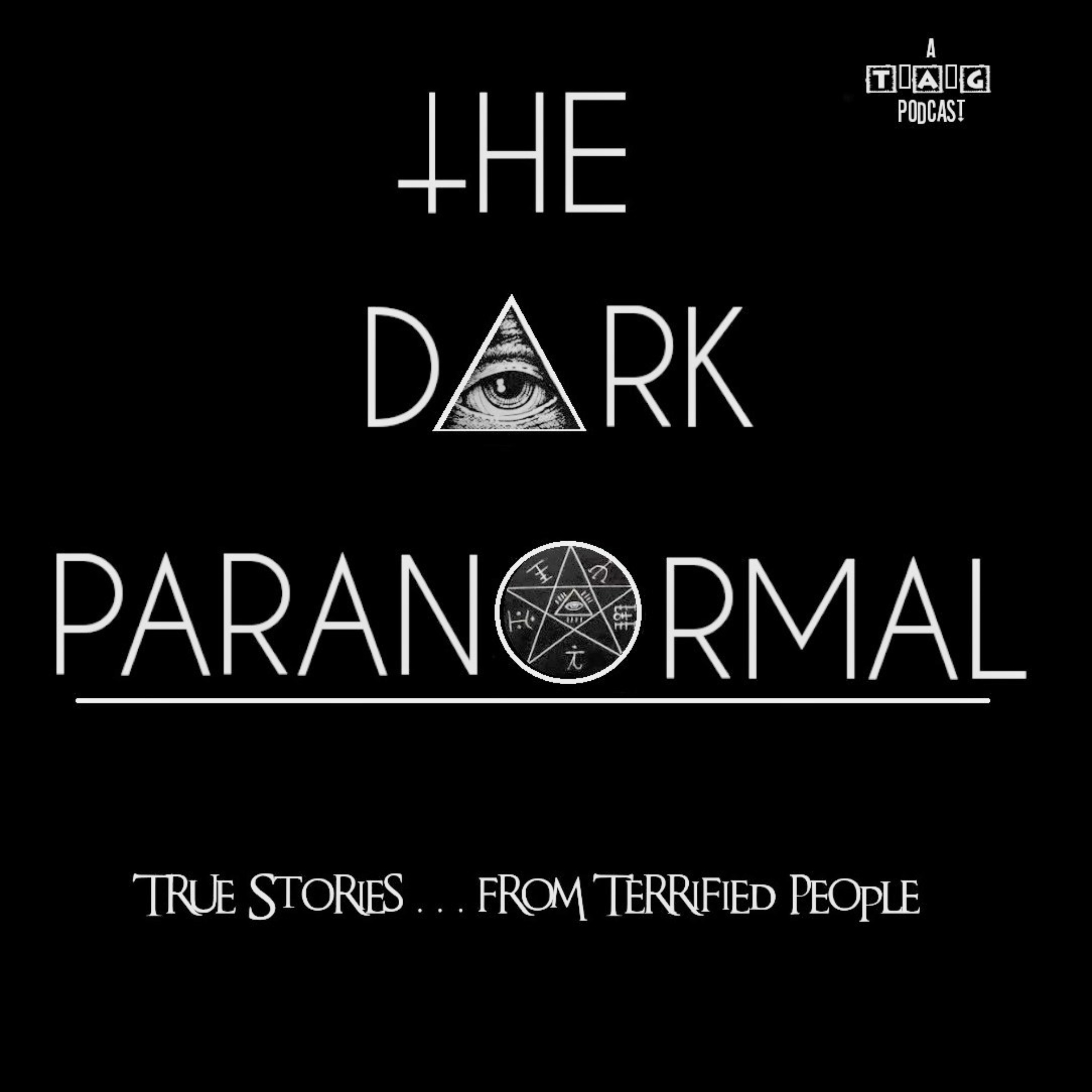
The Dark Paranormal
The Dark Paranormal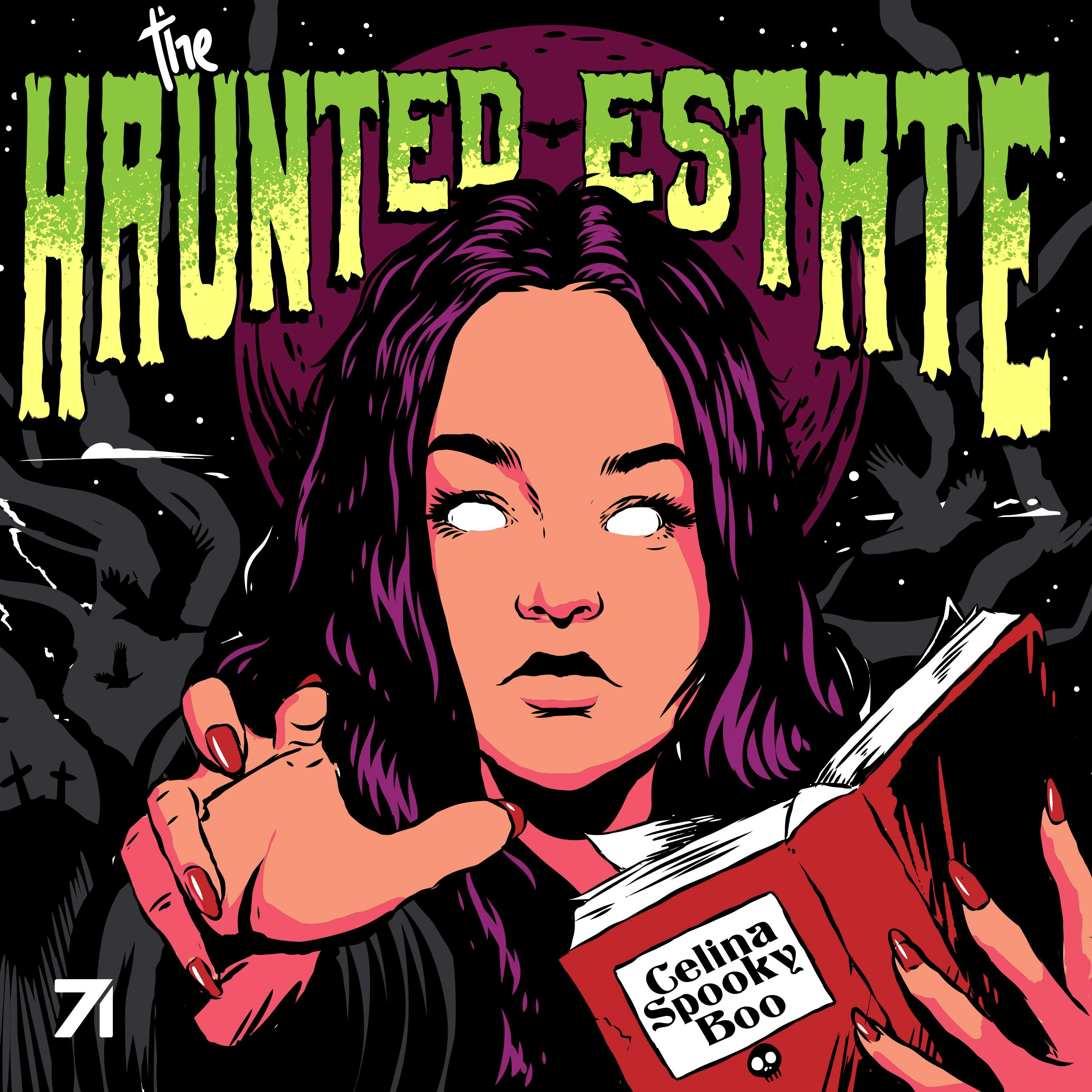
The Haunted Estate with CelinaSpookyBoo
The Haunted Estate & Studio71
On The Odd: Cults, Hauntings, The Paranormal & Unexplained
Ghost Stories, Haunted, Paranormal & Supernatural Stories
The Grave Talks | Haunted, Paranormal & Supernatural
Ghost Stores, Haunted, Paranormal & Supernatural Stories
The Haunted Objects Podcast
SpectreVision Radio
Seven Deadly Sinners
Rachael O'Brien
Morbid Network
Morbid Network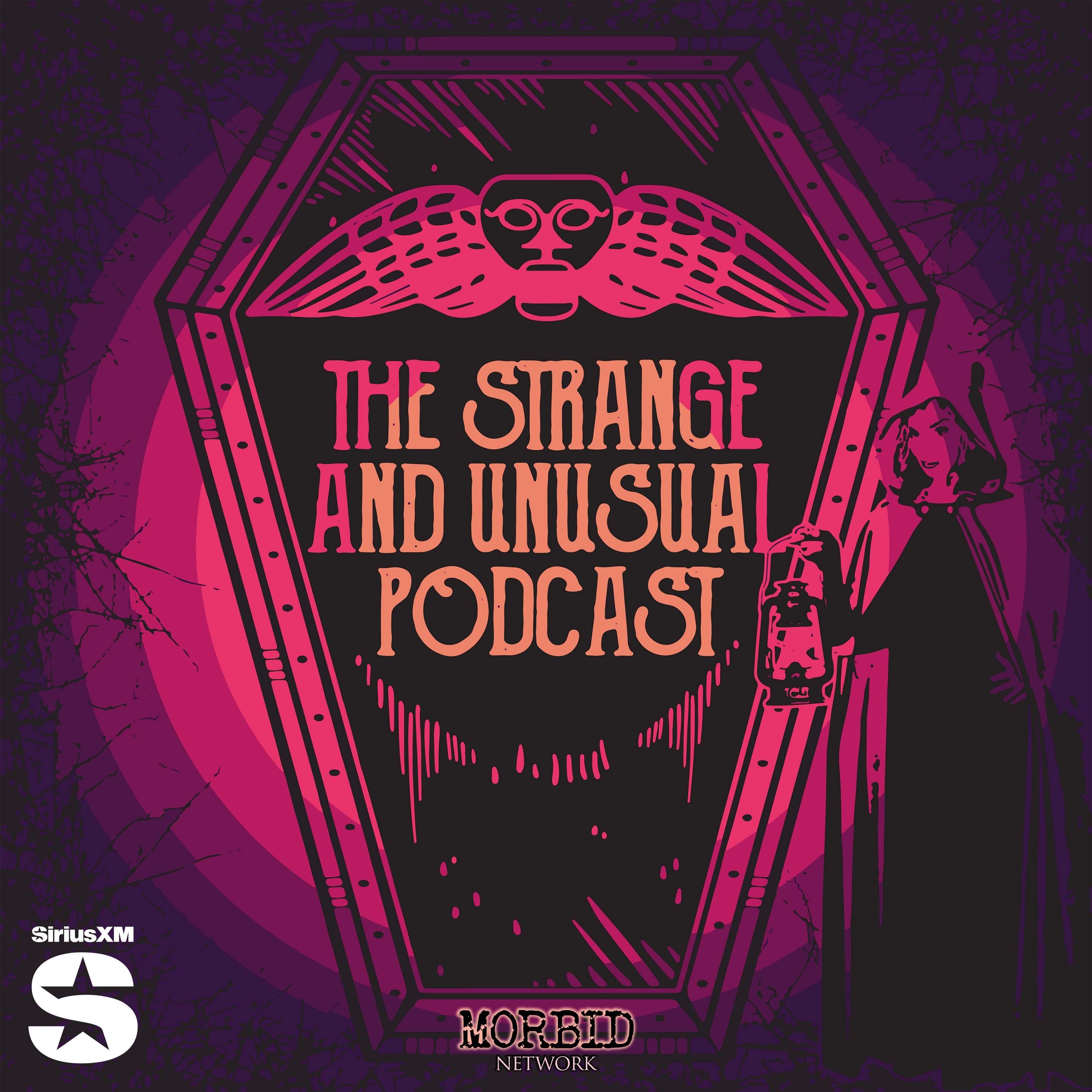
The Strange and Unusual Podcast
Alyson Horrocks | Morbid Network
That's Spooky
Tyler Hyde & Johnny Cann | Morbid Network
Snapped: Women Who Murder
Oxygen
Morbidology
Morbidology
Midnight Scares - Fall Asleep to Spooky Stories
Midnight Scares
What Came Next
Broken Cycle Media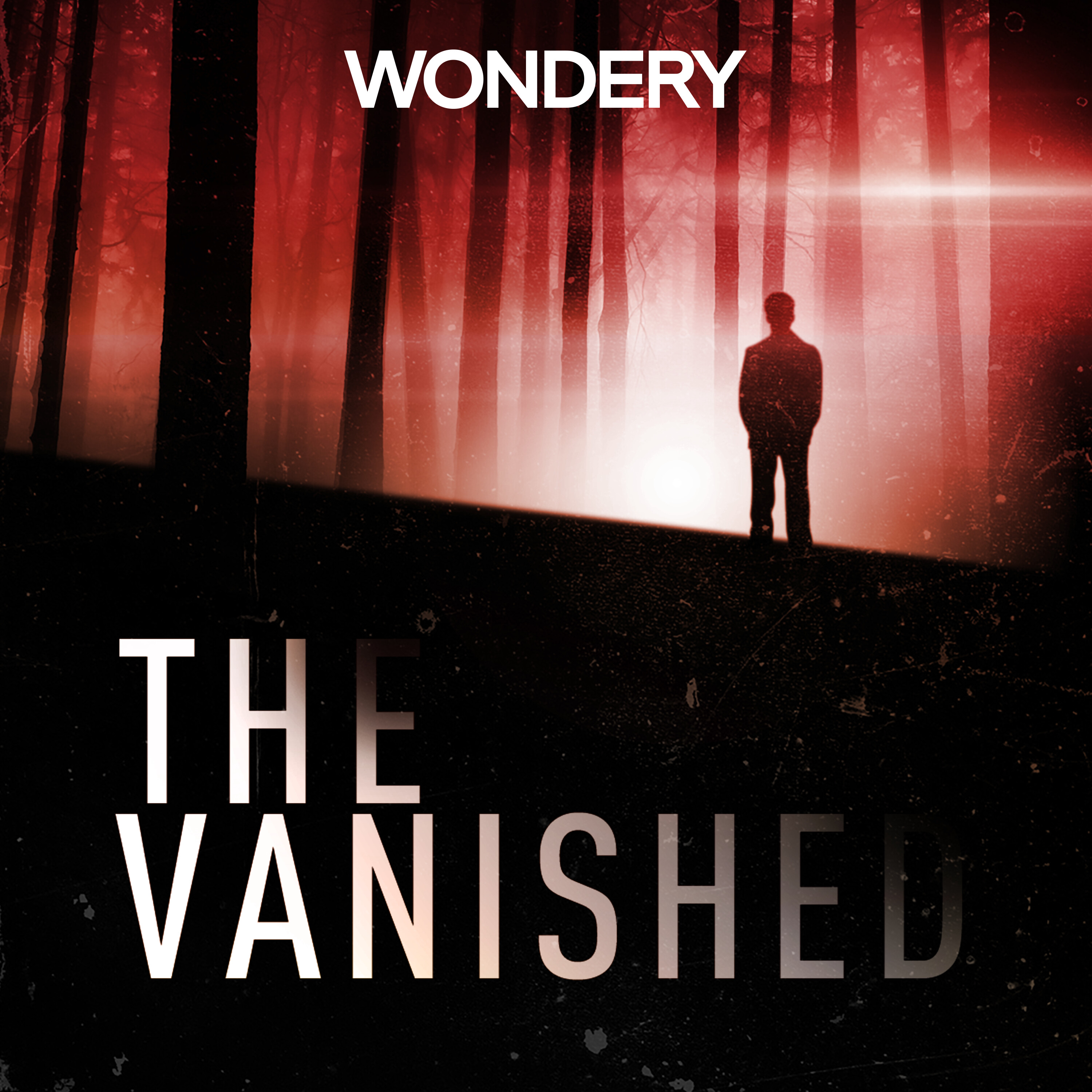
The Vanished Podcast
Wondery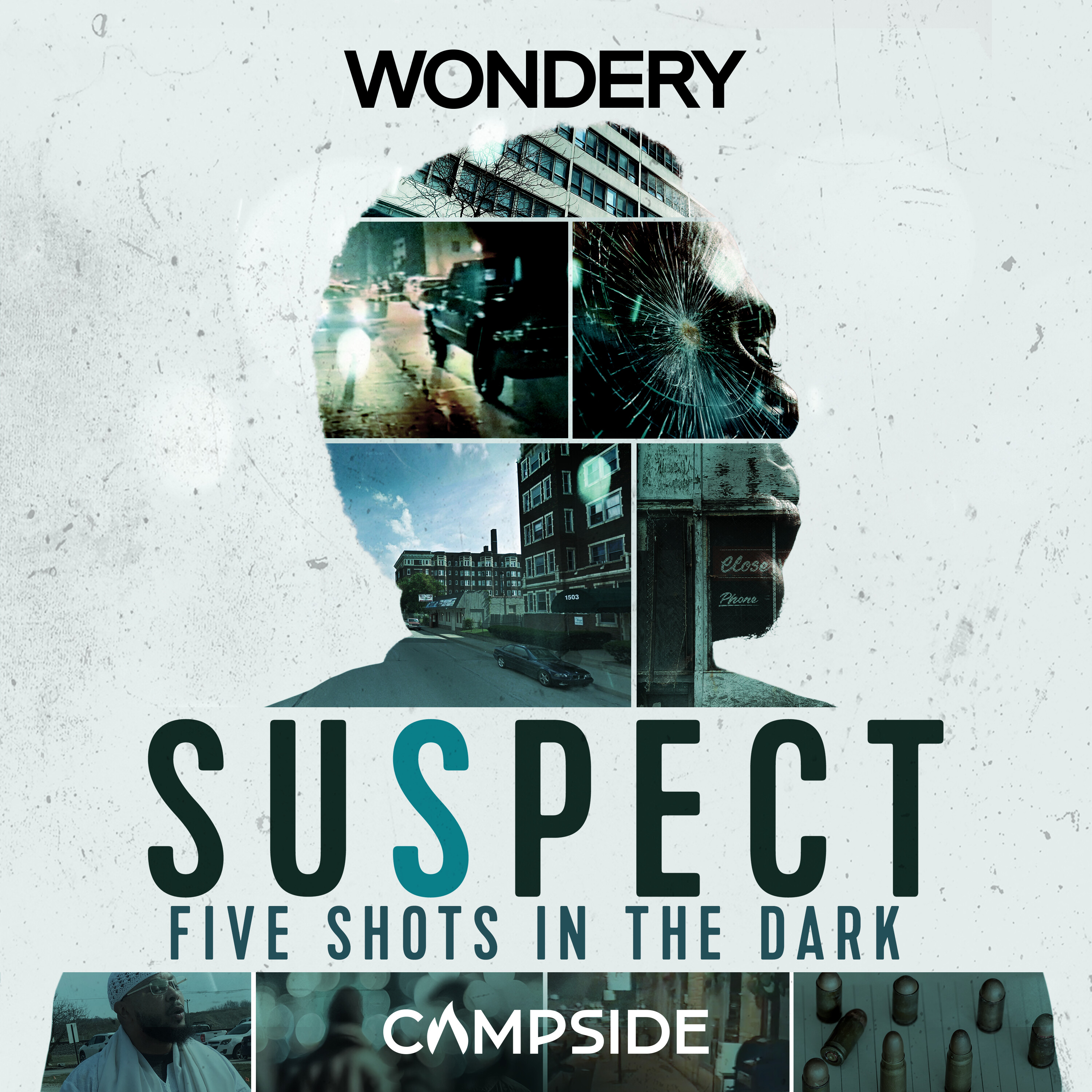
Suspect
Wondery | Campside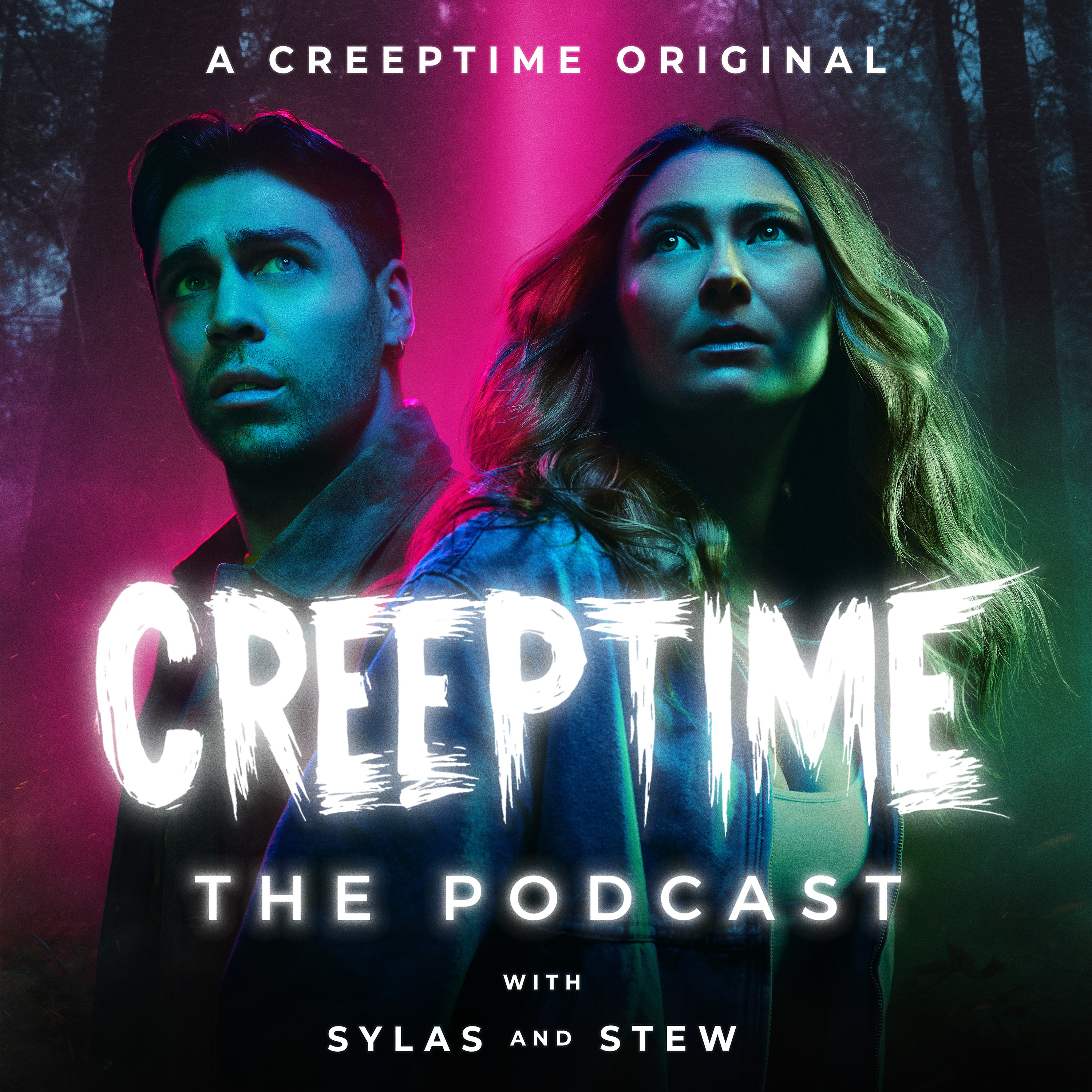
CreepTime The Podcast
Sylas Dean and Stew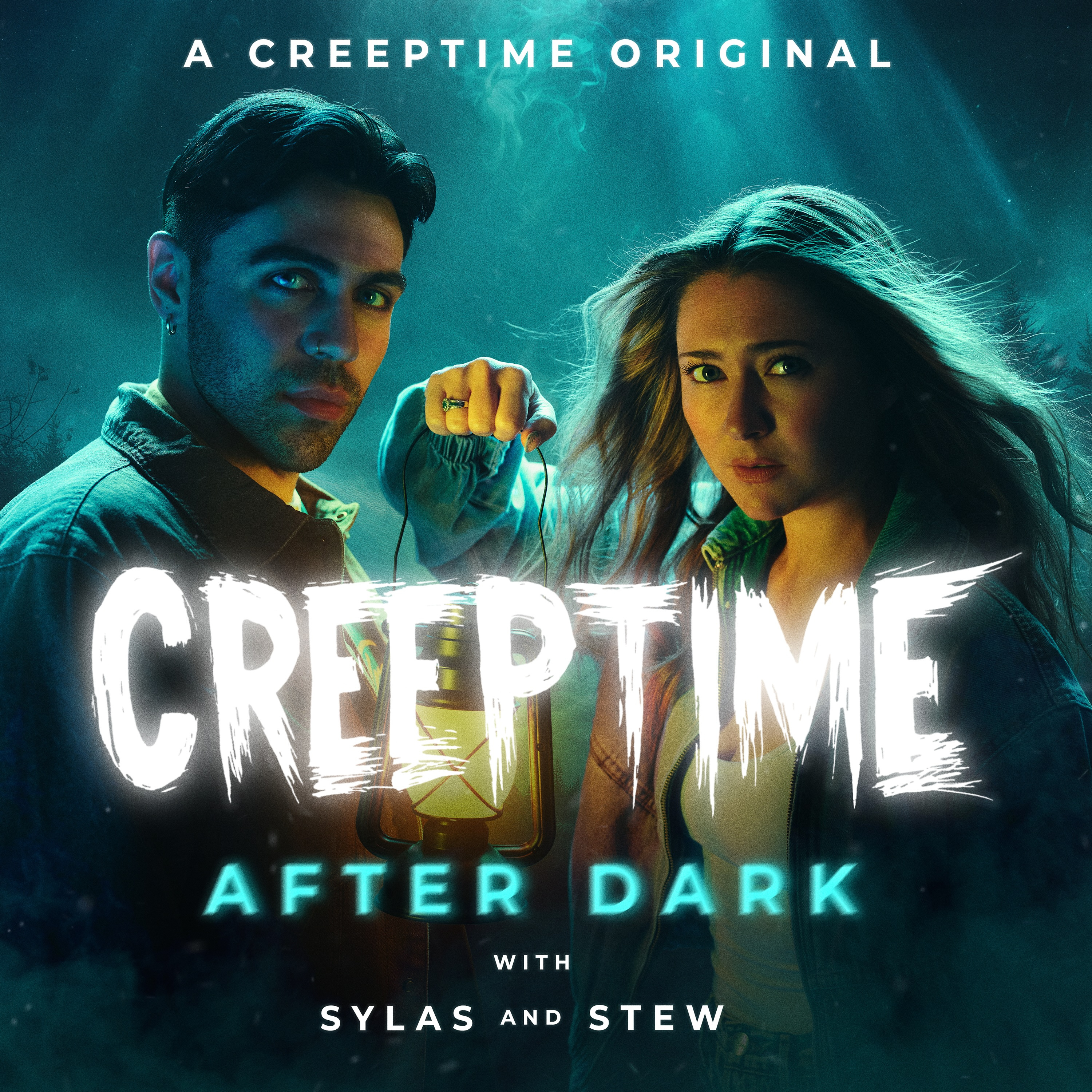
CreepTime: After Dark
Sylas Dean and Stew
Dark History
Audioboom Studios
Murder, Mystery & Makeup
Audioboom Studios
Anatomy of Murder
Audiochuck
Full Body Chills
Audiochuck
CounterClock
Audiochuck
Park Predators
Audiochuck
Dark Downeast
Audiochuck
The Deck Investigates
Audiochuck
Armored
Audiochuck
The Deck
Audiochuck
KILLED
Audiochuck
Small Town Murder
James Pietragallo, Jimmie Whisman
True Crime Obsessed
True Crime Obsessed
True Crime Obsessed
Patrick Hinds & Gillian Pensavalle
Strictly Anonymous Confessions
Kathy Kay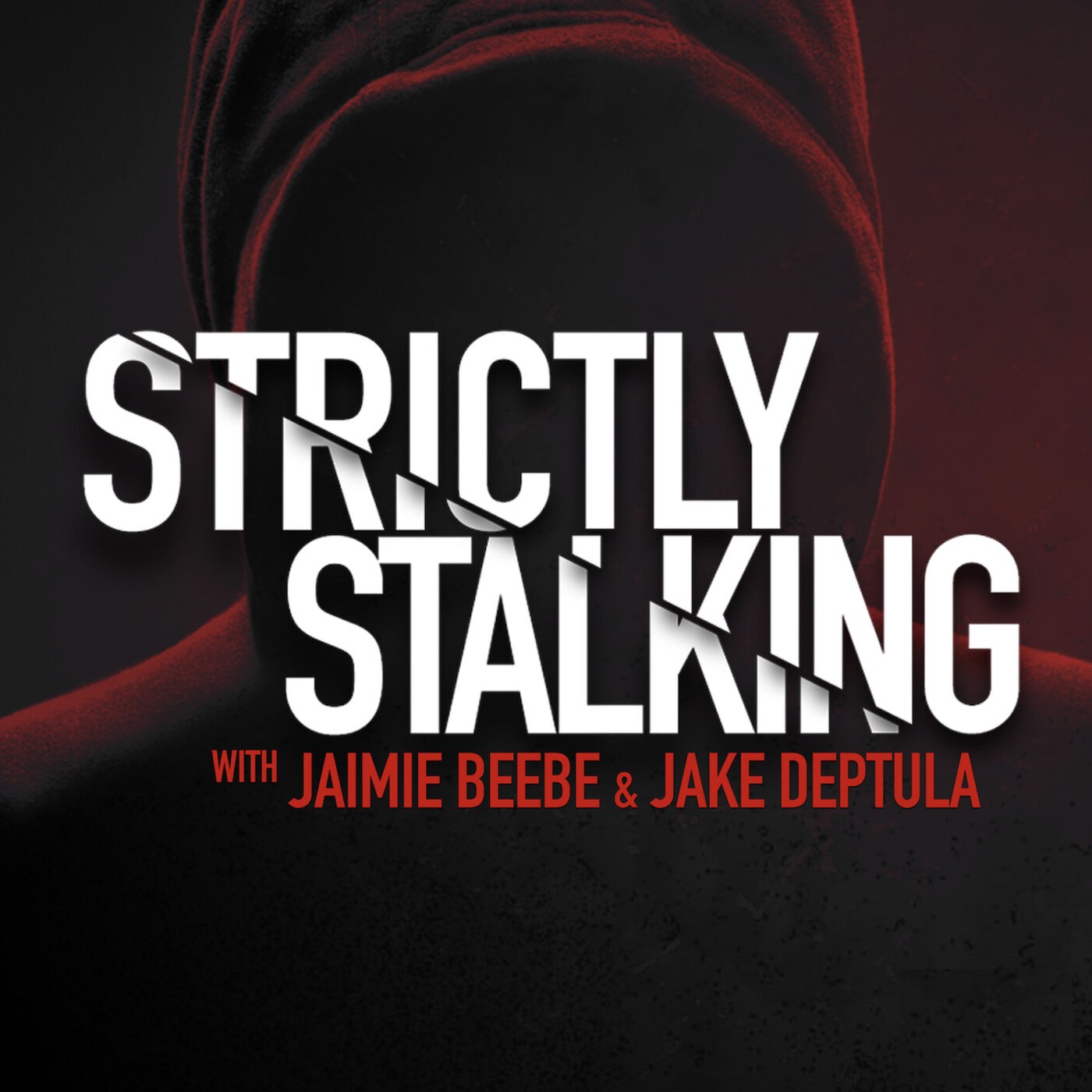
Strictly Stalking
Strictly Stalking
Dr. Death
Wondery
Killer Psyche
Wondery | Treefort Media
Cold
KSL Podcasts
True Crime Garage
TRUE CRIME GARAGE
This Podcast Will Kill You
Exactly Right and iHeartPodcasts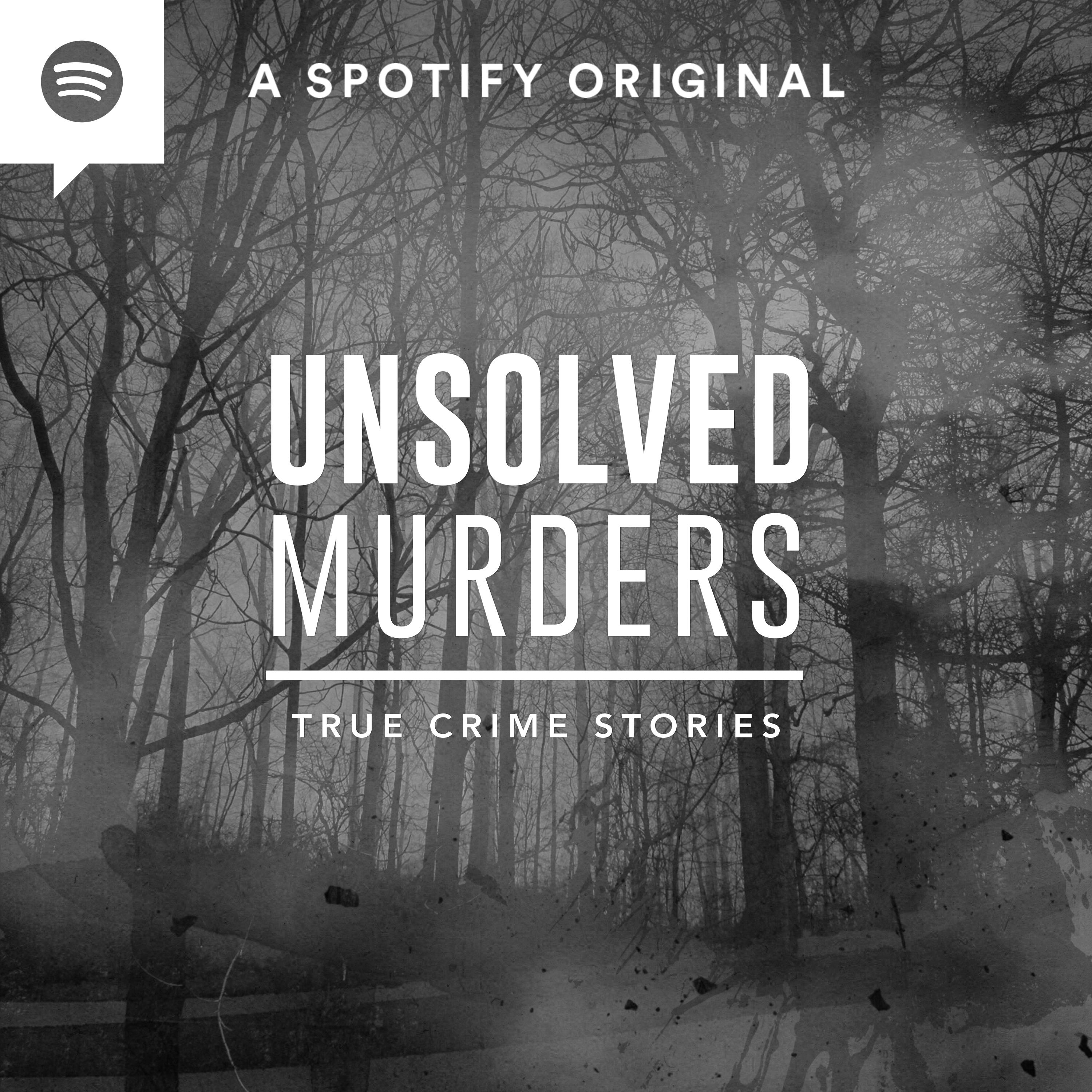
Unsolved Murders: True Crime Stories
Spotify Studios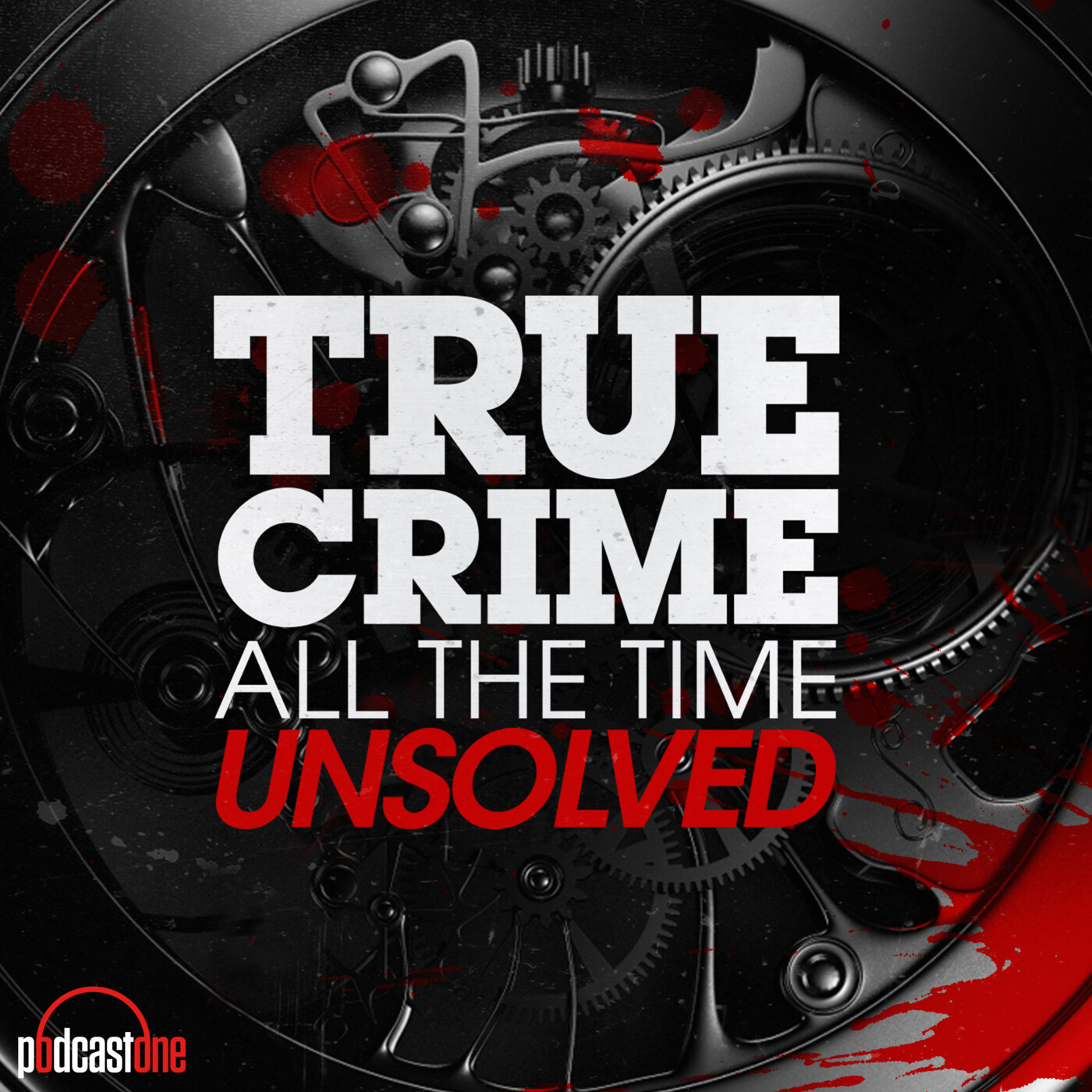
True Crime All The Time Unsolved
PodcastOne
True Crimes and Weird Times
Ashley & Kim
Swindled
A Concerned Citizen
Red Ball
Audiochuck
Solvable by audiochuck
audiochuck
O.C. Swingers
audiochuck
Strangeland
Audiochuck | Western Sound
Unsealed: The Tylenol Murders
AT WILL MEDIA, The Chicago Tribune
IDIOT with Laura Clery
Laura Clery & Studio71
Paranormal Mysteries
Nic Ryan | Paranormal Mysteries Podcast
The Weird History Eerie Tales Podcast
The Weird History Eerie Tales
Casefile True Crime
Casefile Presents
Murder, She Told
Kristen Seavey | QCODE
Crimelines® True Crime
Crimelines True Crime
Crawlspace - True Crime & Mysteries
Crawlspace Media
Once Upon A Murder
Once Upon A Murder: A True Crime Podcast
Lore
Aaron Mahnke
The Brohio Podcast
Aliens, Conspiracy Theories, Paranormal, Famous Murders, Cryptozoology, Strange Occurrences, Monsters, UFOs, True Crime, Demons, Occult, Urban Legends, Comedy
Death by Misadventure: True Crime Paranormal
Death by Misadventure
There’s Some Horrors In This House: A true crime/paranormal podcast
Maiden and Fluff
Weird Tales and the Unexplainable
Bob, Beef + Tiss
The Oddcast: Tales of the Occult, Weird, and Arcane
Jon Fredette
Spooky Psychology
Lauren Mollica and Megan Baker
Spooky Sips
Spooky Sips
Everything is Spooky in the Dark
Wandering Crystal
Hillbilly Horror Stories Paranormal Podcast
Jerry Paulley
The Paranormal Podcast
Jim Harold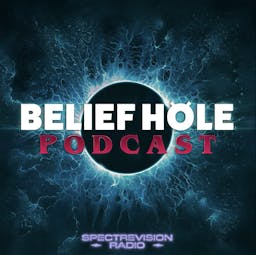
Belief Hole | Paranormal, Mysteries and Other Tasty Thought Snacks
SpectreVision Radio
Truth Be Told Paranormal
Club Paranormal Channel
Ghost Host's Horror Podcast
The Ghost Hosts' Horror Podcas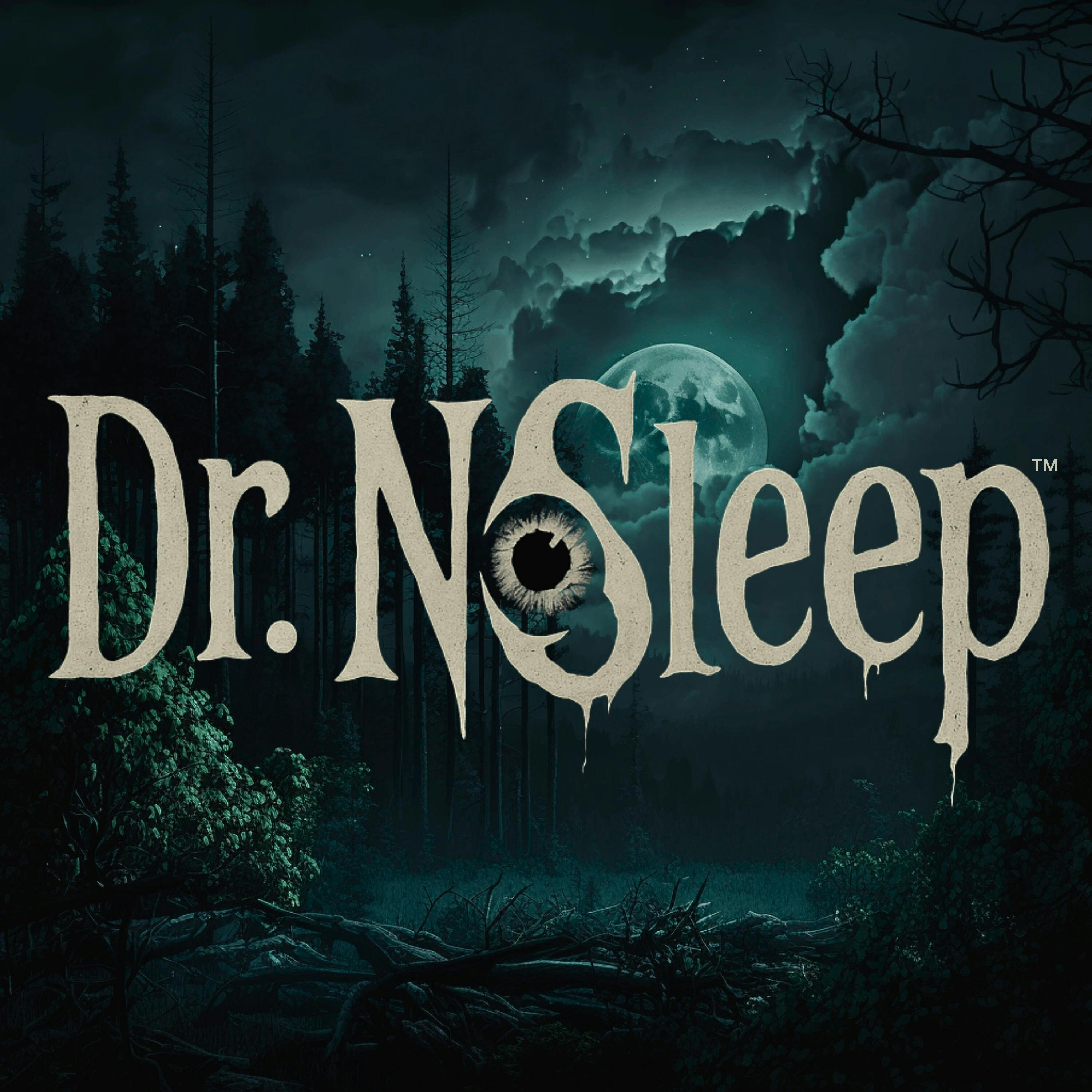
Scary Horror Stories by Dr. NoSleep
Dr. NoSleep Studios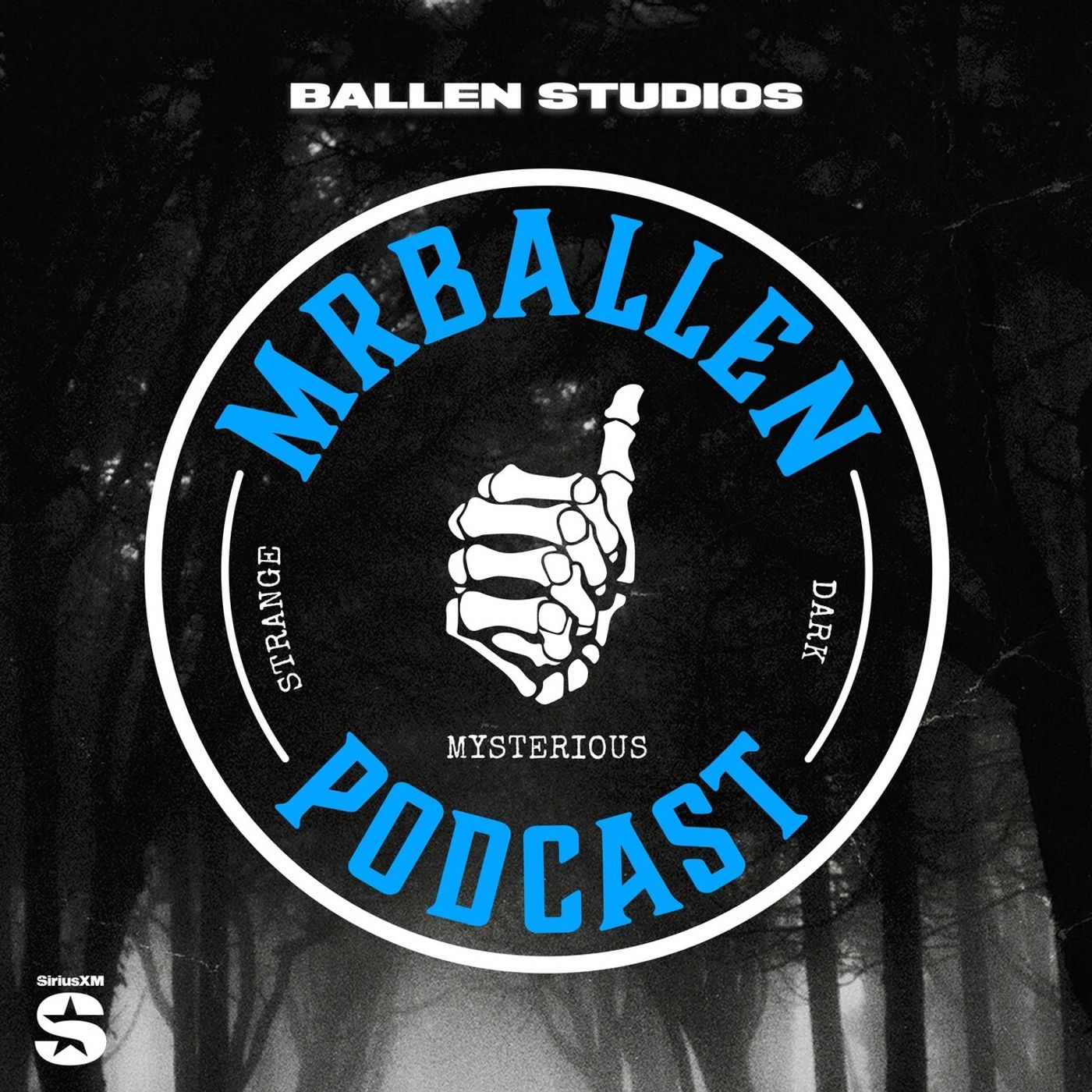
MrBallen Podcast: Strange, Dark & Mysterious Stories
Ballen Studios
Bedtime Stories
Ballen Studios
RUN, FOOL!
Ballen StudiosCreep: a true crime podcast
Creep: a true crime podcast
Scary Time - Scary, Creepy and Paranormal stories
Indie Drop-In Network
Hollywood & Crime
Wondery
LISK: Long Island Serial Killer
Mopac Audio & Glassbox Media
Lady Killers with Lucy Worsley
BBC Radio 4
Coffee, Wine, and True Crime
Sara Kline
Daily Coffee & Crime: A True Crime Podcast
Daily Coffee & Crime: A True Crime Podcast
Dark Crossroads
Roxanne Fletcher
Crime Stories with Nancy Grace
iHeartPodcasts and CrimeOnline

